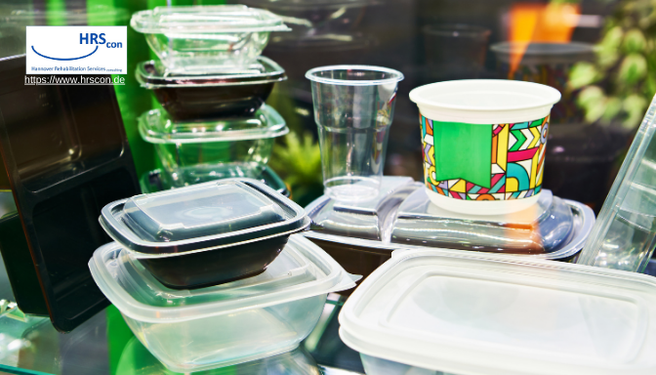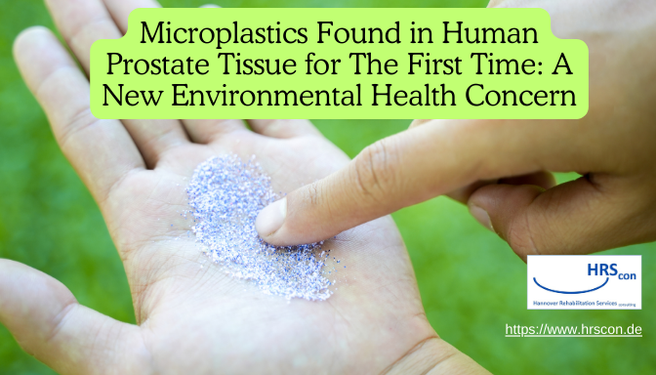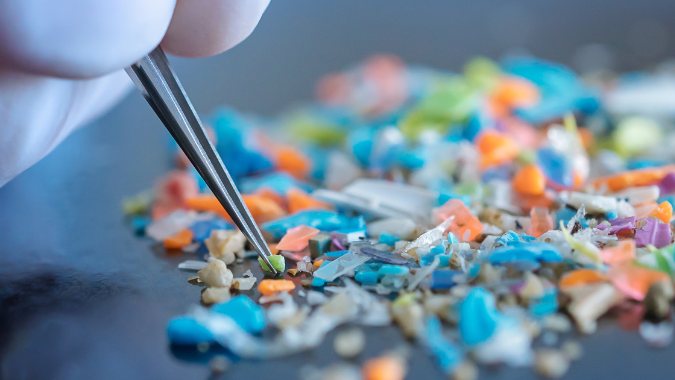Have you ever wondered what happens to the packaging that touches your food? Or what materials are involved in storing, processing, or serving the food you consume daily? You might be surprised to learn that over 1,800 chemicals, known as food contact chemicals (FCCs), are involved in these processes—and some of them end up in your food. This article explores what we know (and don’t know) about these chemicals and how they could affect your health.
What Are FCCs?
FCCs are chemicals used in various materials that come into contact with food. These include:
- Packaging (like plastic containers or cans)
- Storage materials
- Processing machinery
- Utensils and containers used to serve food
While these materials are essential for protecting and preserving food, some of the chemicals in them can migrate into the food itself. This migration process means that humans can be exposed to these chemicals when they eat food that has been in contact with these materials.
The Scope of the Problem: Over 14,000 Known FCCs
There are more than 14,000 FCCs known to science. These chemicals are used in food contact articles (FCAs) that we encounter every day. Many of these chemicals have been approved for use under the assumption that they are safe in the amounts that might transfer to food. However, not all of them have been rigorously tested for their potential effects on human health.
What makes this situation even more concerning is that some FCCs have properties that make them hazardous—in other words, they could potentially harm human health. Others are still a mystery, as they have never been tested for toxicity. So, while we may encounter these chemicals regularly, the full extent of their effects remains unknown.
The Unknown Exposure to FCCs
The big question is: How much are we exposed to FCCs? While we know that humans can be exposed to these chemicals through food, the full extent of exposure is unclear. This gap in knowledge means that we don’t fully understand how much of these chemicals people are ingesting and what the long-term effects might be.
To address this issue, scientists conducted a study to get a clearer picture of which FCCs are present in human bodies. The aim was to identify which chemicals had migrated from food contact materials into food and ultimately made their way into humans.
The Study: Systematic Investigation of FCCs
In this new research, scientists conducted a systematic review of FCCs. Their goal was to map out which chemicals from food packaging and related materials have been detected in human bodies through biomonitoring studies. Biomonitoring refers to scientific methods used to measure chemicals found in human tissues, such as blood or urine.
The study followed several steps:
- Comparison with Biomonitoring Programs: The researchers compared the known list of over 14,000 FCCs to the data collected by five large biomonitoring programs. These programs regularly measure chemicals in people’s bodies to assess exposure to various substances.
- Mapping FCCs Detected in Humans: Next, they identified which FCCs had been detected in human biomonitoring studies and categorized these chemicals based on how frequently they had been found in food contact materials. This allowed them to systematically map out which FCCs had evidence for human exposure.
- Assessing Hazard Levels: For each of the detected chemicals, the scientists examined whether there were any known health risks, identifying which chemicals had hazardous properties.
What Did the Researchers Find?
The results of the study were eye-opening. Out of the more than 14,000 known FCCs, the researchers found evidence that 3601 chemicals are present in human bodies. Here’s a breakdown of the key findings:
- 194 FCCs detected in human biomonitoring programs: These are chemicals that have already been found in various human tissue samples. Alarmingly, 80 of these chemicals have properties that classify them as being of high concern for human health. These chemicals could potentially cause harm if exposure continues over time.
- 3528 FCCs in metabolome/exposome databases: Metabolome and exposome databases collect information about chemicals and metabolites found in the human body. The largest source of FCCs in these databases was the Blood Exposome Database, which tracks chemicals found in blood samples.
- 63 of 175 prioritized FCCs found in humans: Out of the FCCs most commonly found in food contact materials, 63 of them have also been found in human bodies. What’s troubling is that 59 of these chemicals lack any data on their potential hazards. This means we don’t yet know whether they are safe or harmful.
The Significance of These Findings
The study highlights a critical gap in our knowledge: we are being exposed to thousands of chemicals through our food, but for many of these chemicals, we don’t yet know the risks. While not all FCCs are dangerous, 80 chemicals detected in humans have hazardous properties, and many more haven’t been studied for their potential toxicity.
Even more concerning is that these exposures are happening without us fully understanding where all these chemicals are coming from. While many of the chemicals found in food contact materials also appear in human bodies, there are likely other sources of exposure that contribute to the problem.
Why Does This Matter?
Food packaging and materials are designed to keep our food safe from contamination, but ironically, some of the materials themselves may be introducing chemicals into our food. Long-term exposure to hazardous FCCs could have health consequences, especially if chemicals build up in the body over time.
Some chemicals, like bisphenol A (BPA), have already been linked to health issues such as hormonal disruption. The growing list of FCCs that may pose similar risks means that we need to pay more attention to what’s in our food packaging and how it could affect our health.
What Can Be Done?
The findings from this study underscore the need for action:
- Better Regulation: Many FCCs, including some with hazardous properties, have been approved for use based on outdated or incomplete information. It’s time for policymakers to revisit the safety standards for these chemicals and conduct more rigorous testing to ensure their safety.
- Improved Transparency: One of the challenges in regulating FCCs is that information about the chemicals used in food contact materials is often not readily available. Policymakers, public health researchers, and the food industry need more access to data on the chemicals that are migrating into food.
- Public Awareness: Consumers need to be aware of the potential risks associated with food packaging and other food contact materials. By raising awareness, people can make more informed choices about the products they use to store, cook, and serve their food.
- Interactive Tools: The researchers have created a new interactive dashboard called FCChumon. This tool allows policymakers and public health experts to track FCCs that have been found in humans and prioritize those chemicals that need further research or regulatory action.
What You Can Do as a Consumer
While it may not be possible to completely avoid exposure to FCCs, there are steps you can take to reduce your risk:
- Use glass or stainless steel containers for storing food instead of plastic, especially for hot foods or liquids, which can cause more chemicals to migrate.
- Avoid microwaving food in plastic containers, as heat can cause more chemicals to leach into your food.
- Choose fresh or frozen foods over canned goods, which may be lined with materials containing FCCs.
- Look for packaging labeled BPA-free, although this doesn’t guarantee it is free of all potentially harmful chemicals.
Conclusion: Time for Change
The study’s findings make one thing clear: the chemicals in food contact materials are an invisible but significant part of our daily chemical exposure. While much remains unknown, the data we do have suggests that some FCCs may pose a risk to human health.
It’s time for the food industry, regulators, and consumers to take a closer look at what’s in our food packaging and take steps to reduce exposure to potentially harmful chemicals. By raising awareness, improving regulations, and conducting more research, we can make our food contact materials safer and better protect public health.




